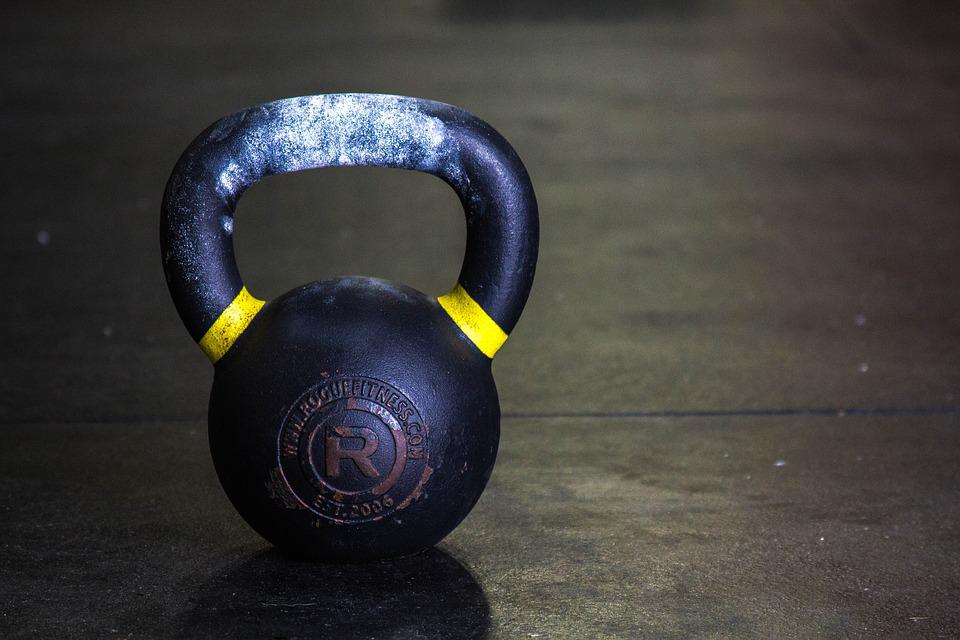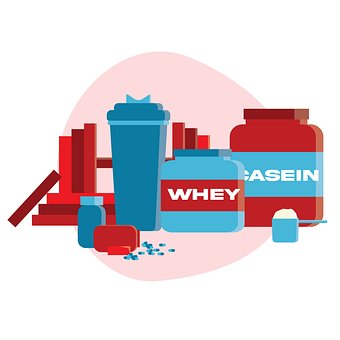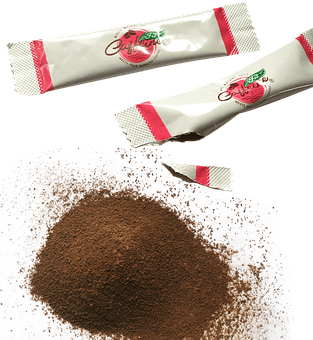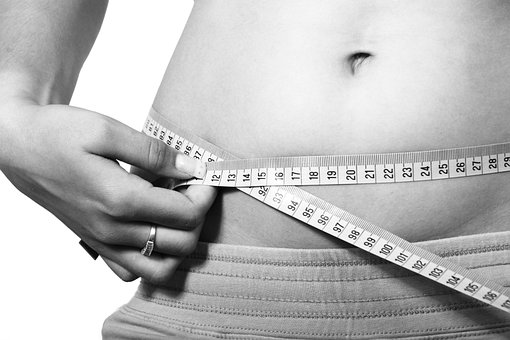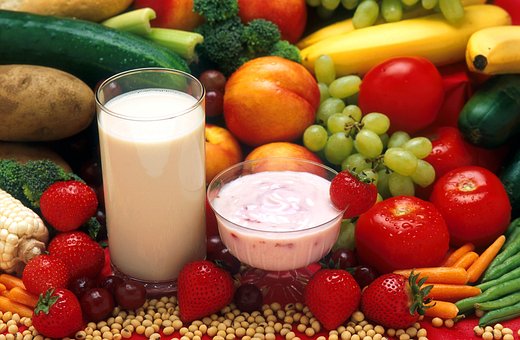
The fitness sector is constructed on what is likely one of the most powerful promotional methods around – the before-and-after picture. These “before and after” images are often used to promote and sell things such as exercise equipment, coaching, books, and dietary supplements. But, at the personal level, these transformations sell hope.
The prospect of shedding body fat is something that is highly alluring in the world of fitness. The mere thought of being able to view your abdominal muscles for the first time can get the process going. The positive aspect is that if you do strength exercises a couple of times a week, eat less than you need and stay consistent with this regimen, initially it is quite straightforward to lose fat. At this point, the process is enjoyable. However, the sunshine and rainbows won’t last forever.
The only way for the body to access the fat stored in its tissues is to create a gap between the amount of energy taken in and used up. The difficulty lies in the fact that the body reacts to diet restrictions and weight loss with a mixture of metabolic, behavioral, and hormonal adjustments. As a result of these adaptations, progress slows down. In addition, enthusiasm in the gym is reduced, exercises become difficult, and the appetite for food rises with the augmented feelings of hunger and yearning.
In order to burn fat, we have to consume fewer calories than we use. It’s a case of calories consumed versus calories burned. Conversely, being in a state of consuming fewer calories than the body needs causes changes that make further weight reduction more challenging. Cutting calories is an unfortunate but essential part of losing weight. So, what do we do?
Fortunately, the story doesn’t have to end there. We can bypass the system by occasionally feeding more than necessary. This strategy is called refeeding. Refeeds have been proven to be effective in bodybuilding for a long time, but it is not something supernatural.
What is Refeeding and Who Can Benefit?
Refeeding includes offering breaks from restricted calorie diets or times when slightly more calories are consumed, either just maintenance calories or a slight surplus. In theory, refeeding can help break through weight loss plateaus and make the weight loss phase go on for longer by utilizing multiple techniques. The first step would be to provide refeeds, especially of carbohydrates, to stop any muscle breakdown and raise the levels of NEAT and EAT by replenishing the glycogen stores and supplying more energy for physical action. Having occasional feasts will help to increase the body’s metabolism by lowering cortisol concentrations and increasing leptin levels. Lastly, restoring calorie intake will give a much needed emotional rest from limiting calories, helping the person to carry on following the dietary regimen when dieting recommences.
Difference Between Refeed Days and Cheat Days
Refeeding days are not cheat days. A cheat day is a type of diet break strategy which typically involves eating whatever you desires, in any amount, before returning to the diet plan. A refeed involves a planned enhancement of daily caloric intake for a short period of time, usually lasting up to one or a few days, and reaching caloric levels which are either at or slightly higher than the level needed to maintain the current weight. Sometimes indulging in a cheat day can counter the earlier calorie restriction, whereas a refeed should in principle permit the person trying to lose weight to have a break from the diet, without growing fat. Refeeding can be beneficial to anyone who is following a diet and exercise program to lose weight and is consuming fewer calories than usual. This could mean athletes are striving to reduce their weight, bodybuilders getting ready for a competition and individuals who are attempting to lose pounds for health reasons, particularly if they have not been successful in doing so.
How to Implement a Refeed
Refeeds can be easily set up if the person on the diet is closely keeping an eye on their caloric and macro nutrient consumption. The desired aim for dieters wanting to maintain their weight loss in the long run is to keep their fat-free body mass, primarily their muscle, and reduce the fat mass. Leaner individuals may need to reduce their daily caloric intake by 300 to 500 calories. Individuals with obesity can manage a decrease of 500 to 1,000 calories per day without trouble and are unlikely to struggle to shed fat. The original weight and desired outcome of the individual will decide the nature of their fat loss program. In general, people who exercise intensely or have a lot of lean muscle mass should have a daily protein intake of 1.8 to 2.2 g/kg, and at least 2 to 5 g/kg of carbohydrates (depending on their sport and activity level). The rest of their daily calorie intake should come from fat for the best results in terms of energy expenditure. Individuals who are not very active or have obesity should strive to consume between 1 and 1.5 grams of protein per kilogram of body weight daily. Around 40% of the calories taken in can come from carbohydrates, while the remaining calories come from fat. It ought to be taken into consideration that the precise proportion of carbs to fats is not as significant for someone who is not very active; however, eating lots of saturated fats and hardly any fiber can be hazardous to one’s health. Once the initial dietary pattern is determined, periodic days of increased caloric consumption may be worked into the nutrition plan. At this time, research is not sufficient to develop an exact plan for how often to do a refeed day or how many days to include, but there are some principles to guide you.
It appears that after refeeding for a week following a period of calorie restriction, the levels of thyroid hormones and leptin in the body return to their standard amounts. The same outcomes are discovered when 10 days are devoted to cutting down on caloric intake, followed by 10 days of consuming regular amounts again.
Slimmer people will be more resistant to body fat reduction, both physically and mentally. More frequent refeeding may be beneficial in this group.
The most successful way to stop fat-free mass from diminishing, to restore glycogen storages, and to create more fuel for physical activity is refeeding with a greater incline in the amount of carbohydrates.
What Are the Potential Benefits of a Refeed?
Refeeds have been around in the bodybuilding field for quite a while, yet until recently, not much scientific exploration had been done with trained weight lifters. An article published in 2020 examined the effects of intermittent energy restriction on reducing the decrease of fat-free mass in individuals involved in strength-training. Bill Campbell and his team of colleagues released a study entitled “A Randomized Controlled Trial.”
The research team divided 27 educated people into two subgroups. Both groups ate a calorie-restricted diet for 7 weeks. The members of one group consumed a deficit of 25% less than their regular requirements for all seven weeks. This was the traditional fat loss diet group. The second group cut back on their calories by 35% for a period of five days and ate the amount of food necessary to maintain their weight for two days in a row. This was the refeed group. Both groups averaged the same weekly caloric restriction. The only distinction was that one group had two refeeds and the other did not. In the refeed, the additional calories were derived exclusively from carbohydrates. Prior to and following the period of seven weeks, the participants’ physical makeup and metabolic rate were calculated.
An investigation determined that those who followed the two-day carbohydrate regime preserved their muscle strength and metabolic rate more efficiently than the people who adhered to a steady diet. Both groups lost the same amount of weight.
Let’s examine the reasons why refeeds can be beneficial and look deeper into the underlying components.
Limit Catabolic Environment
Incorporating refeeds can be beneficial as they can help a person to escape the catabolic state caused by long-term dieting. It is possible that the reason why the refeed group in the study kept more muscle was because they didn’t stay in an energy deficit for two days out of the week. I assure you that the importance of diet and nutrition for keeping your metabolism up while losing fat has been exaggerated in the past. It is probable that refeeds can have a noticeable effect, particularly those that go on for 48 hours.
The body is in a never-ending struggle between the processes of constructing and destroying. Both processes are taking place simultaneously at all times. However, one is generally more involved than the other. During a caloric deficit, catabolism takes priority. We can exit a catabolic state temporarily by incorporating more calories into our diet at a level that equal or surpasses the number of calories needed to maintain the body’s current weight.
Elevated Glycogen Stores
Mentioning another advantage of refeeds is the replacement of muscle glycogen reserves. When dieting, stored carbohydrate in the muscle is reduced. It’s not necessary to delve too deeply into the components of energy systems, however, muscle glycogen provides energy for weight lifting. It appears that even a slight reduction in glycogen stores may have an even worse effect on performance than initially believed. This is particularly essential for those who are on a low-carbohydrate regime. No matter how much time passes while dieting for fat loss, glycogen stores will persist at a low level even if moderate amounts of carbohydrates are consumed. We can raise glycogen levels temporarily by adding a refeed.
Raising your glycogen levels will not only improve your performance, it will also help you look better. Glycogen helps to give muscles bulk when trying to maintain a lean physique while dieting. This is why bodybuilders carb-up leading into a show. Having a better appearance can be beneficial to one’s mental health, which we will discuss in more detail shortly. However, an increase in self-assurance can make a huge difference. Dieting is a mental battle. Your mind can play tricks on you. The feeling of self-assurance that comes from looking in the mirror and noticing how well your body is responding to your diet can help you remain committed to your plan for an additional period. Going to the gym often can give you more confidence, which can then affect your workouts in a positive way.
Resting Metabolic Rate
It was found in the referenced study that the resting metabolic rate was kept much more stable within the group that refed. The authors proposed that the group that was refed had managed to sustain their fat-free mass, which is likely to be the explanation.
For a long time, it was falsely believed that cheat meals could drastically affect one’s metabolism. It is an indisputable fact that one meal or a 48 hour restoration of eating will not have a major impact on your rate of metabolism in the overall picture. The amount of energy being released is insufficient to make any difference. It would take days or maybe even weeks of refeeding to have any considerable effect on the problems linked to dieting. In that situation, we are discussing a complete break from the diet, instead of just one refeed. Taking a break in the diet by consuming calories that are at the same level as an individual’s maintenance calories for either one or two weeks. This is basically a brief period of time (usually a week or two) during which larger-than-usual meals are eaten each day in the midst of a diet for weight loss.
To sum it up, even a minor enhancement in metabolic rate while losing weight over a long period of time can make a big impact.
Are the Benefits Real or Just Hype
Much attention has recently been paid to refeeding, whether it be by overweight or obese individuals trying to shed pounds or competitive athletes. More investigation is required, yet there are a few investigations that have backed up certain advantages of refeeding.
Campbell et al. (2020) ran an experiment where male and female resistance-trained individuals were placed on a calorie-limited eating regimen for a duration of seven weeks, where five days of reduced eating would be followed by five days of refeeding. The refeeding group had a larger amount of fat-free mass at the conclusion of the diet than that of the control group. This bolsters the concept that replenishing food intake can assist in reducing muscle loss during a dietary regime.
Gripeteg et al. (2009) tested the effects of either a one-week or six-week refeed on obese people who had just completed a 12-week extremely low-calorie diet. The individuals who were being treated then were put back on a severely restricted calorie intake for another 40 weeks. The investigators found that the individuals given a six-week stint with no dieting guidelines stuck to the diet better over the following 40 weeks compared to those who were given a one-week respite from dieting. This research affirms the notion that an extended period of refeeding may facilitate a more consistent commitment to a low-calorie diet in the long run.
A study by Peos et al. (2021) placed a group of athletes on a twelve week energy-restricted diet. The intervention group was allocated a one-week respite from dieting throughout the energy restriction period and administered tests to assess levels of irritability, muscular strength, body fat and mental sharpness. The researchers found that those who had a break in their diet had more muscle endurance, less irritability, and were more mentally alert than the participants who did not have a break in their diet. The members of the diet break group saw no notable rise in body fat during the diet hiatus. This reinforces the notion that regular periods of replenishment of food will help athletes stay at an optimal level of performance during times of limited energy.
Conclusions
Refeeds could benefit a lot of people who are trying to diet, yet there has not yet been enough research to endorse any particular rules set out for when refeeds should be incorporated into a diet or of what duration they should be. It appears that refeeding doesn’t interfere with a weight-loss diet, which is a very positive piece of news for those looking to experiment with one. The data appears to back up the notion that eating more at times can improve dedication to a diet, alleviate the disruption of hormones while slimming down over a long period of time, and reduce muscle loss. It might be worth giving them a go, particularly if you have had difficulty with any of these elements during prior diets.



